Shooting His Shot
Hurts' Historic Effort Destroys Packers D, Leads Birds To 10th Win
PHILADELPHIA – Inclement weather conditions that engulfed the Delaware Valley on Sunday abated hours before the Week 12 Sunday night clash between the Eagles and Packers.
In the South Philly slugfest, the Packers – a 4-7 team that appeared on the verge of collapse – traded jabs with the NFC-leading Eagles through two quarters but were ultimately outlasted, as the Birds secured a 40-33 win on “Sunday Night Football.”
A multifaceted rushing attack powered a high-octane Eagles offense against the NFL’s 25th-ranked run defense, with quarterback Jalen Hurts leading the way with a career-best 158 yards on 16 carries.
Running back Miles Sanders eclipsed the 100-yard rushing barrier for the first time since Week 4, carrying 21 times for 143 yards and two touchdowns.
An opportunistic Eagles defense collected three sacks and a pair of interceptions against Aaron Rodgers, who completed 11-of-16 pass attempts for 140 yards, two touchdowns and two interceptions (95.8 quarterback rating) before exiting the game in the fourth quarter with an oblique injury:

Jalen Hurts ran for over 100 yards and threw multiple TDs vs. the Packers.
On with the observations:
1. In what has become a rare occurrence for the Birds this season, the opposition won the coin toss, electing to defer. Following a pair of incompletions, Hurts once again took matters into his own hands, picking up 52 yards with his legs. The opening drive covered 75 yards on 10 plays (3:41). Curious decision to open the game with two straight passes, as the Packers entered this matchup boasting one of the league’s poorest rush defense.
2. Complementary football returned on the Eagles’ ensuing defensive drive, as an Aaron Rodgers pass ricocheted off Darius Slay and into the hands of cornerback Josiah Scott, who demonstrated exceptional concentration in keeping both feet inbounds before completing the play. The Eagles parlayed their fortunes into a three-play, 29-yard scoring drive that culminated in a 15-yard Miles Sanders touchdown run. The Eagles hadn’t exhibited cohesion on both sides since the Pittsburgh game, so it was an encouraging sign to see it manifest itself early.
3. The Eagles’ special teams shortfall surfaced early – on consecutive plays in the opening frame. Following the Sanders touchdown, Jake Elliott failed to convert the extra point try. On the ensuing kickoff, a leaky coverage unit surrendered a 38-yard run-back to returner Keisean Nixon. The Packers capitalized with a four-play, 59-yard touchdown drive to narrow the Eagles’ lead to six. Michael Clay’s special teams unit has been a season-long roller coaster and essentially breathed new life into a reeling Packers team on life support. Nixon also opened the third quarter with a 52-yard run back and added a 53-yard punt return in the waning moments of the fourth.
4. Keeping with the theme of affording an inferior team with favorable field position, the failed fourth-down attempt in the first quarter felt like an unnecessary turning point. The Packers capitalized on the short field, capping a 37-yard drive with an 11-yard touchdown connection from Rodgers to wide receiver Randall Cobb that was essentially pitch-and-catch. The Eagles responded with their own scoring drive, but it undoubtedly shifted momentum, albeit temporarily.
5. A.J. Brown’s second fumble in as many weeks – at the Packers’ 22-yard line – extinguished a would-be scoring drive. Packers linebacker Quay Walker collected the loose ball at the Green Bay 24-yard line and returned it to the Eagles’ 13. Rodgers then connected with running back Aaron Jones for a 23-yard touchdown to even the score. The Eagles now have seven turnovers in their last three games, including four from pass catchers, after showing tremendous ball security in their first eight games.
6. Thirty-two carries in eight quarters from your quarterback is far too many. From my vantage point, it appeared Hurts frequently dropped his eyes while hastily fleeing the pocket, but the loss of Dallas Goedert has significantly impacted the offense’s functionality. The Eagles have gotten next to nothing from their trio of reserve tight ends, which begs the question: When will the screen game be implemented while Goedert remains on the mend?
7. The Eagles’ pass rush answered the bell against the evasive Rodgers, bringing down the league’s reigning MVP three times, perhaps none more crucial than the Haason Reddick-Brandon Graham collaboration sack to stall a promising Packers drive to open the third quarter, following a 52-yard return from Nixon.
8. Remember the second-half scoring woes that plagued the Eagles for much of the first half of the season? Well, that was rectified – at least temporarily. The Eagles’ offense put together lengthy scoring drives in successive possessions after the break – a nine-play, 66-yard drive and an 11-play, 91-yarder – to take resounding command of a game hanging in the balance. With a crucial slate of games upcoming, the Eagles have evolved into a four-quarter offense.
9. Save for a 20-yard A.J. Dillon rumble, the Eagles’ run defense held the dynamic Packers rushing tandem of Dillon and Aaron Jones to 107 yards. After surrendering 47 yards on the opening drive to Jonathan Taylor a week ago, the Eagles appear to have found a solution to a susceptible rush defense.
10. When C.J. Gardner-Johnson exited the game with a rib injury, it was notable that the next man up was not former fourth-round pick K’Von Wallace but rather undrafted rookie Reed Blankenship, who came up with a nifty interception in the red zone off a Rodgers bullet and made some sure tackles. His outing wasn’t without blemishes, however, as he appeared to be the primary culprit behind Christian Watson’s 63-yard touchdown at first glance. Still, it’s worth noting Blankenship’s development and seemingly evolving role.
BONUS: The Eagles improved their third-down efficiency rate from 41.7 percent a week ago to converting 8-of-15 (53.3%) attempts. The penalties were drastically cut down as well, from seven to three.
– Andrew DiCecco (@ADiCeccoNFL) is a Staff Reporter/Content Producer for InsideTheBirds.com.

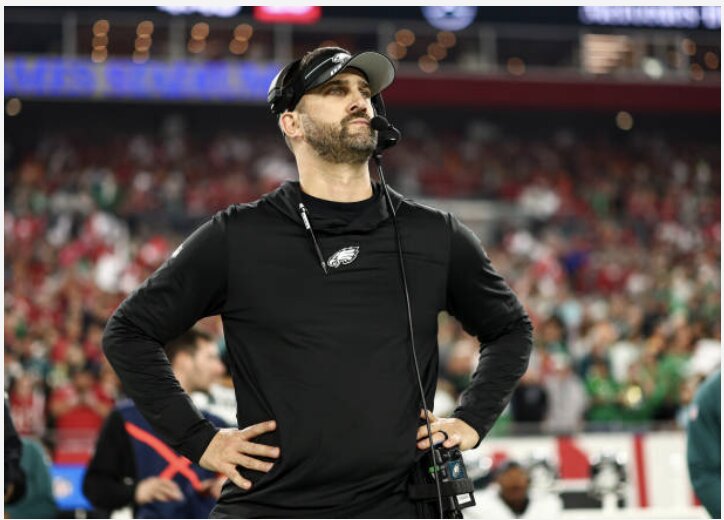
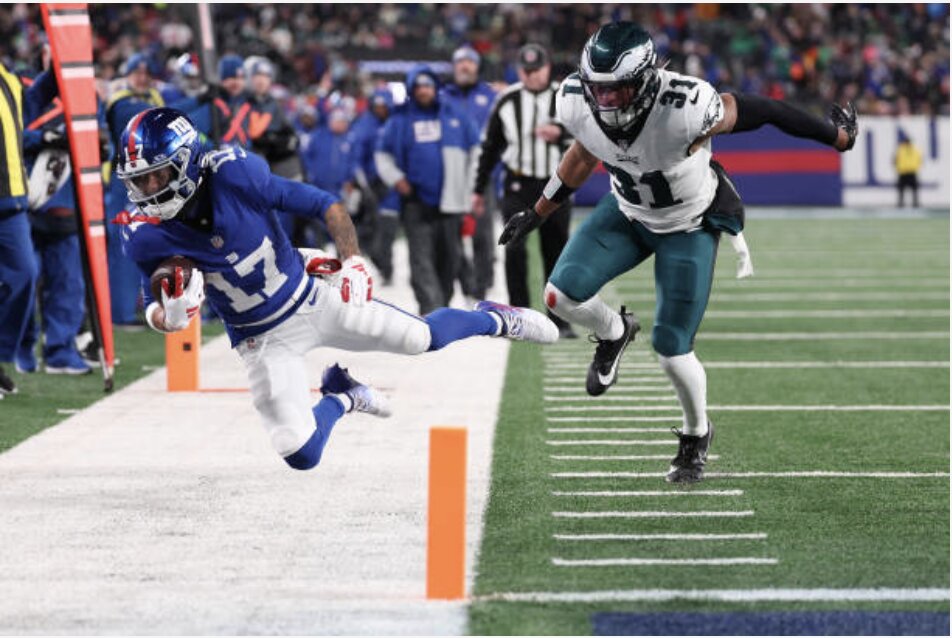
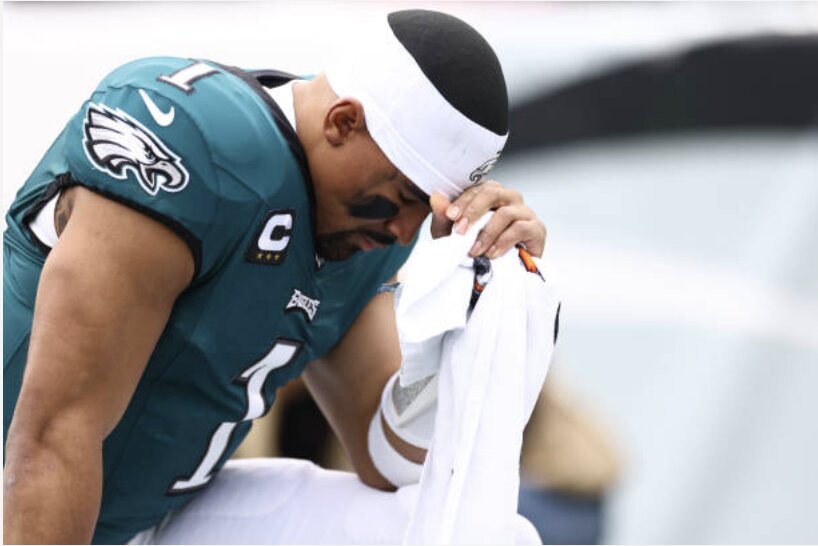
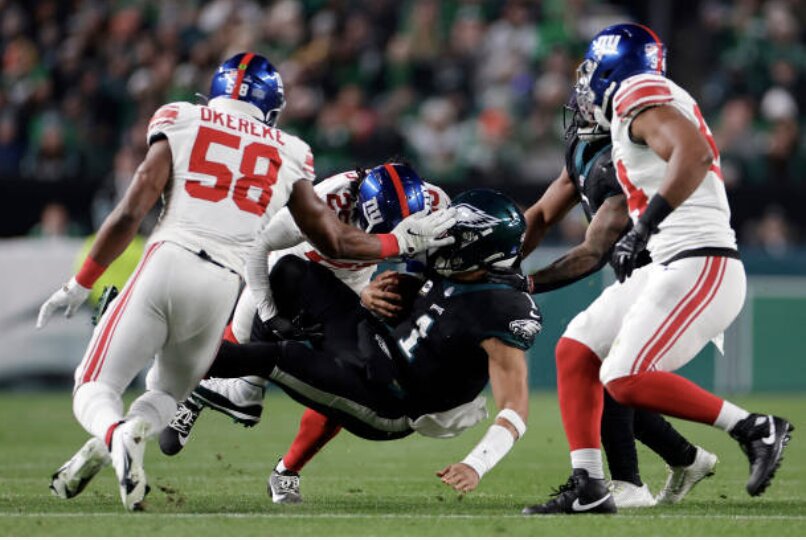
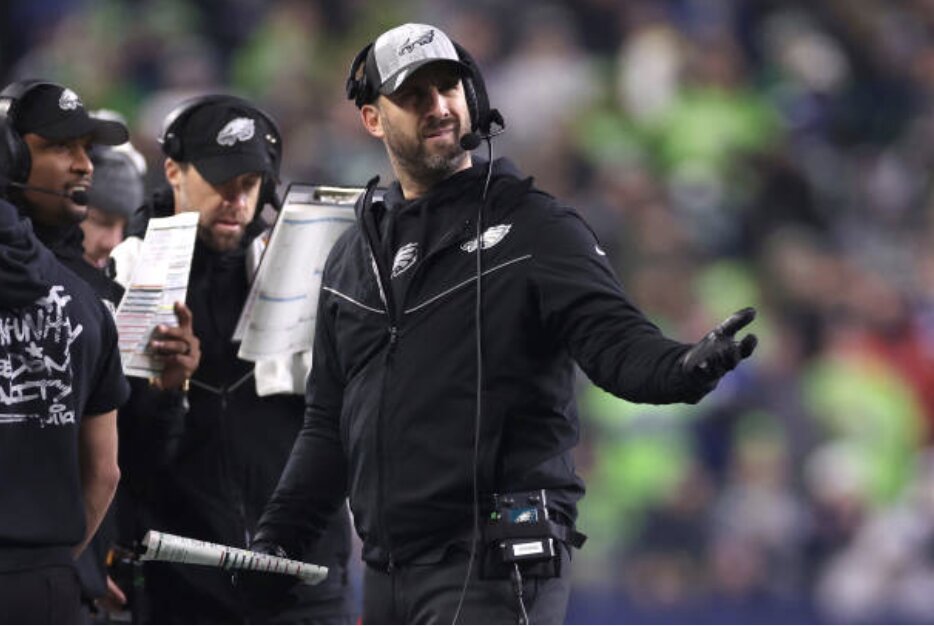

Comments are closed here.